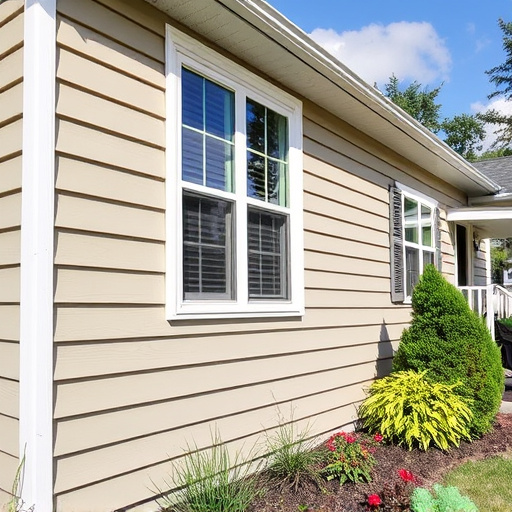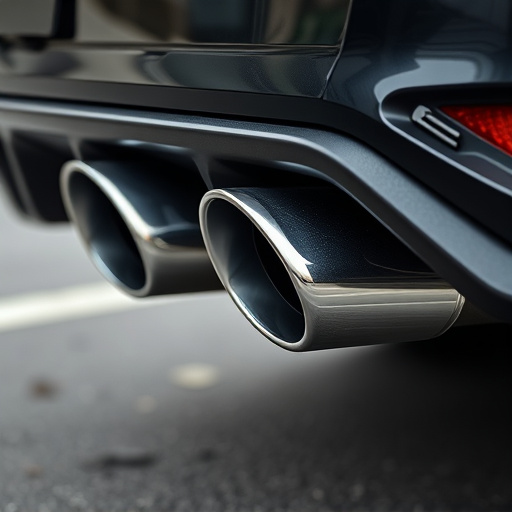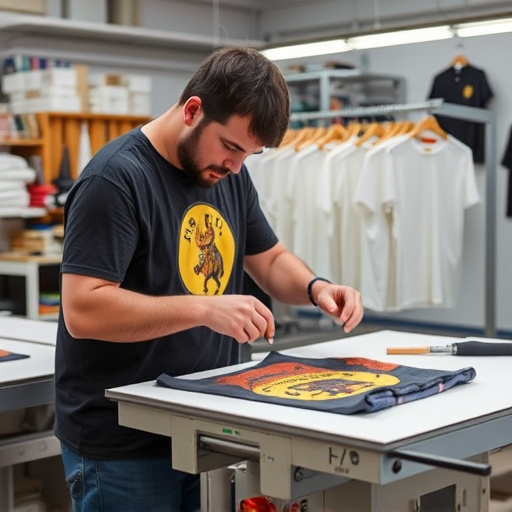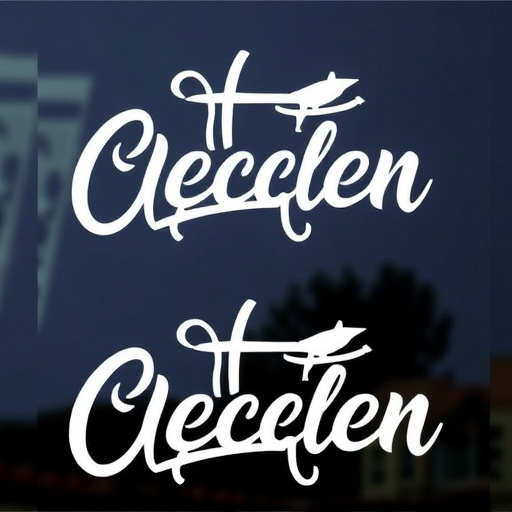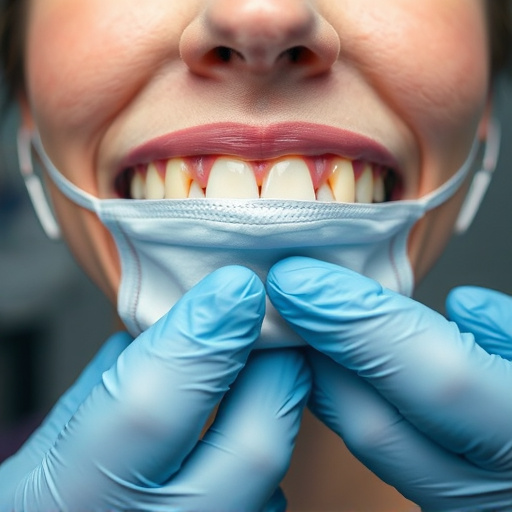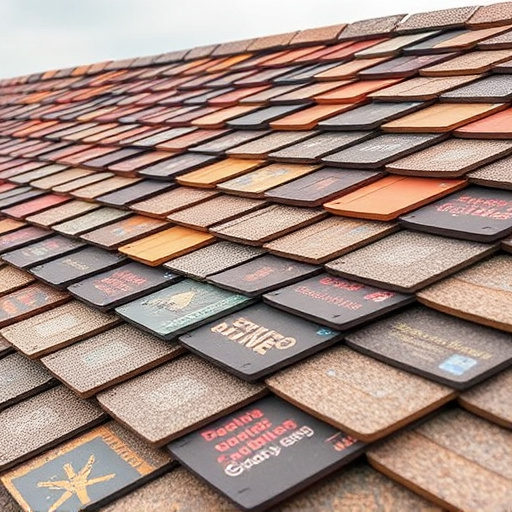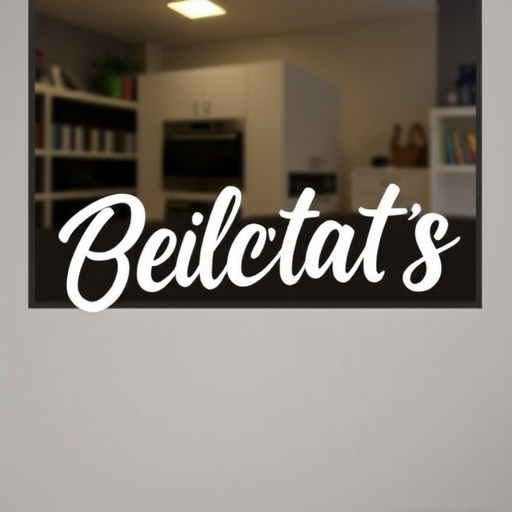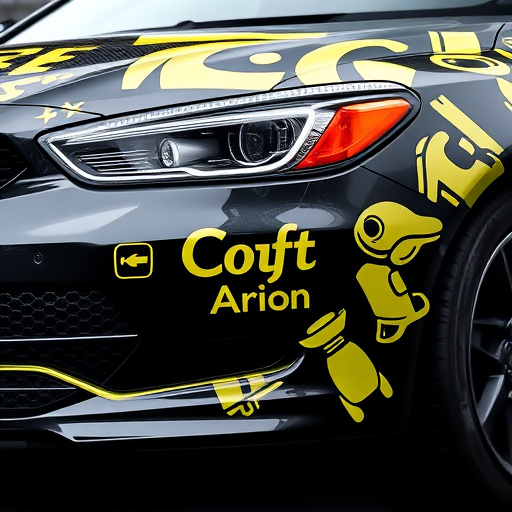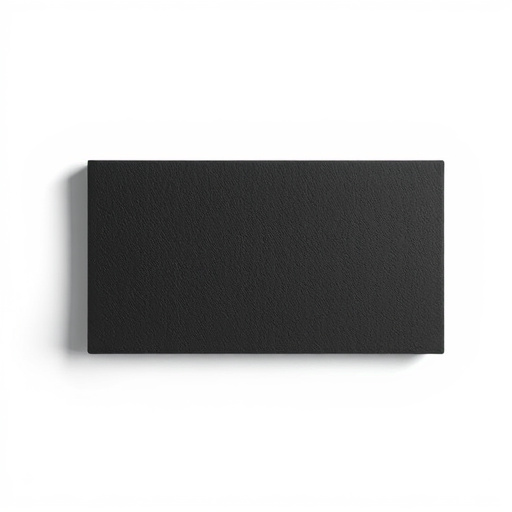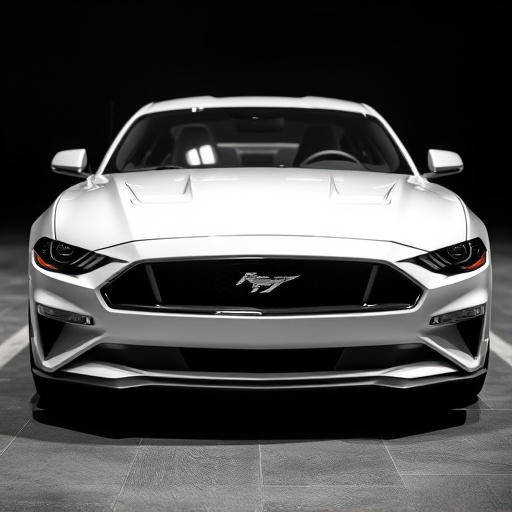Heat rejection tinting is a cutting-edge technology for commercial buildings, reflecting solar heat back into the atmosphere and reducing interior temperatures, saving energy and costs. Customizable options enhance aesthetics and insulation, improving comfort while adding property value. High-quality films offer longevity, durability, and resistance against fading, cracking, and peeling, with professional installation tailoring solutions to specific building needs. Investing in top-tier window film solutions leads to reduced maintenance costs and enhanced energy efficiency.
In today’s quest for energy-efficient and sustainable buildings, reliable heat rejection tinting has emerged as a game-changer. This cutting-edge technology offers an effective solution to mitigate the overwhelming impact of solar heat gain, a significant challenge faced by commercial structures worldwide. By understanding the science behind heat rejection tinting and its numerous advantages, building owners can make informed decisions to enhance comfort, reduce energy costs, and contribute to a greener environment.
- Understanding Heat Rejection Tinting Technology
- Benefits for Commercial Buildings and Energy Efficiency
- Choosing the Right Window Film Solutions for Longevity
Understanding Heat Rejection Tinting Technology
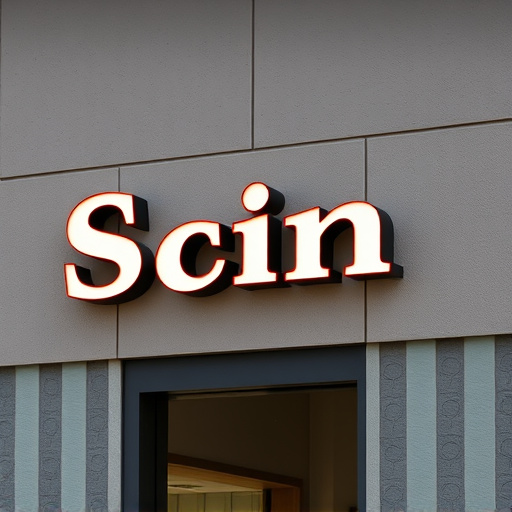
Heat rejection tinting is a cutting-edge technology designed to mitigate the sun’s heat and light entering commercial buildings. Unlike traditional window films that merely block UV rays, this innovative solution employs advanced materials to reflect heat back into the atmosphere. This process significantly reduces the building’s interior temperature, thereby lowering cooling costs and enhancing energy efficiency. The technology has evolved to offer a range of options tailored for various architectural styles and climate conditions.
Commercial buildings can greatly benefit from high-quality finishes that incorporate heat rejection tinting. These finishes not only provide superior insulation but also contribute to the overall aesthetics and value of the property, much like premium automotive services enhance vehicles’ performance and appeal. By carefully selecting tints and films, architects and facility managers can achieve optimal results, ensuring comfortable working environments while promoting sustainability.
Benefits for Commercial Buildings and Energy Efficiency
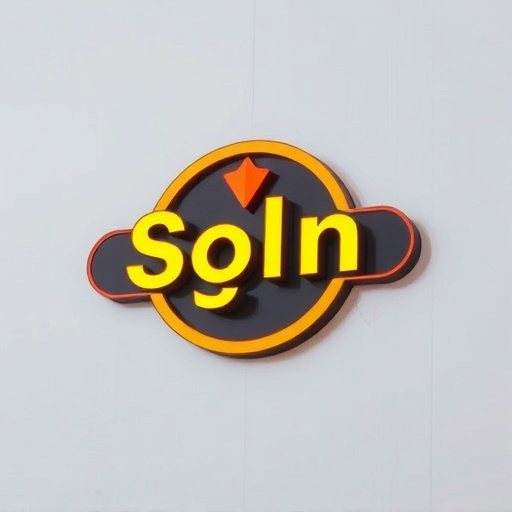
Commercial buildings can greatly benefit from heat rejection tinting, a cutting-edge solution designed to combat the effects of excessive heat gain. By applying specialized coatings or films to windows and glass surfaces, this technology significantly reduces the amount of solar heat that enters the building, leading to several advantages. Not only does it create a more comfortable indoor environment by lowering ambient temperatures, but it also plays a crucial role in enhancing energy efficiency.
Energy savings are achieved through the reduction of cooling system strain. Traditional windows allow solar radiation to pass through, warming the interior space and increasing the workload on air conditioning units. Heat rejection tinting, however, reflects this heat back into the atmosphere, mitigating the need for excessive cooling. This not only lowers energy consumption but also translates to substantial cost savings for building owners over time. Moreover, with professional PPF (Paint Protection Film) installation or custom graphics using vehicle wraps, these tinting solutions can be tailored to specific needs, ensuring optimal performance and a modern aesthetic appeal.
Choosing the Right Window Film Solutions for Longevity

When selecting window film solutions for commercial buildings, longevity should be a primary concern. High-quality heat rejection tinting films offer more than just aesthetic benefits; they are designed to endure varying weather conditions and daily wear and tear over extended periods. Look for products from reputable manufacturers that guarantee durability and resistance against fading, cracking, or peeling. These films often incorporate advanced technologies, such as UV protection and scratch-resistant coatings, ensuring their effectiveness remains consistent throughout their lifespan.
Choosing the right window film also involves considering the building’s specific needs. For instance, a professional PPF (Paint Protection Film) installation can provide superior scratch resistance and impact protection for high-traffic areas. High-quality finishes that are tailored to the project ensure optimal performance in terms of heat rejection, light control, and security. By investing in top-tier window film solutions, commercial property owners can expect reduced maintenance costs and enhanced energy efficiency over the long term.
Heat rejection tinting is a game-changer for commercial buildings seeking enhanced energy efficiency. By understanding the technology, leveraging its benefits, and selecting the right window film solutions, businesses can significantly reduce cooling costs, improve indoor comfort, and contribute to a more sustainable future. This reliable and effective approach to managing heat transfer is a smart investment for any commercial property owner looking to optimize performance and minimize environmental impact.
